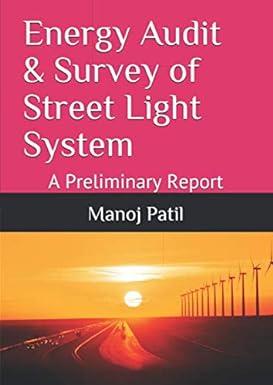Question
13. A bond problem. A bond is a financial device that is very interesting, in that it has two types of cash flows--the interest payments
13. A bond problem. A bond is a financial device that is very interesting, in that it has two types of cash flows--the interest payments and the face value at maturity. For example, suppose Johnson Company issues $100,000 of 3-year bonds, with 6% interest paid annually. From the investor's standpoint, the cash flows for this bond would be sketched as follows:
| Time Period 0 | Time Period 1 | Time Period 2 | Time Period 3 |
| Pay How Much? | Receive $6,000 | Receive $6,000 | Receive $6,000 |
|
|
|
| Receive $100,000 |
Question: is this an annuity, a lump sum, or both? Answer: both--the interest is $6,000 per year, an annuity. The receipt of face value at maturity is a lump sum of $100,000.
Question: How much should Gina pay to get this bond, assuming Gina demands a rate of return (yield) of 8% on her investment? Hint: discount the annuity at 8% using the annuity table; then discount the lump sum at 8% using the PV of $1 table--then add the two amounts together. Note that it is possible to earn an 8% return on a 6% bond if you pay sufficiently less than face value to acquire the investment.
Step by Step Solution
There are 3 Steps involved in it
Step: 1

Get Instant Access to Expert-Tailored Solutions
See step-by-step solutions with expert insights and AI powered tools for academic success
Step: 2

Step: 3

Ace Your Homework with AI
Get the answers you need in no time with our AI-driven, step-by-step assistance
Get Started


